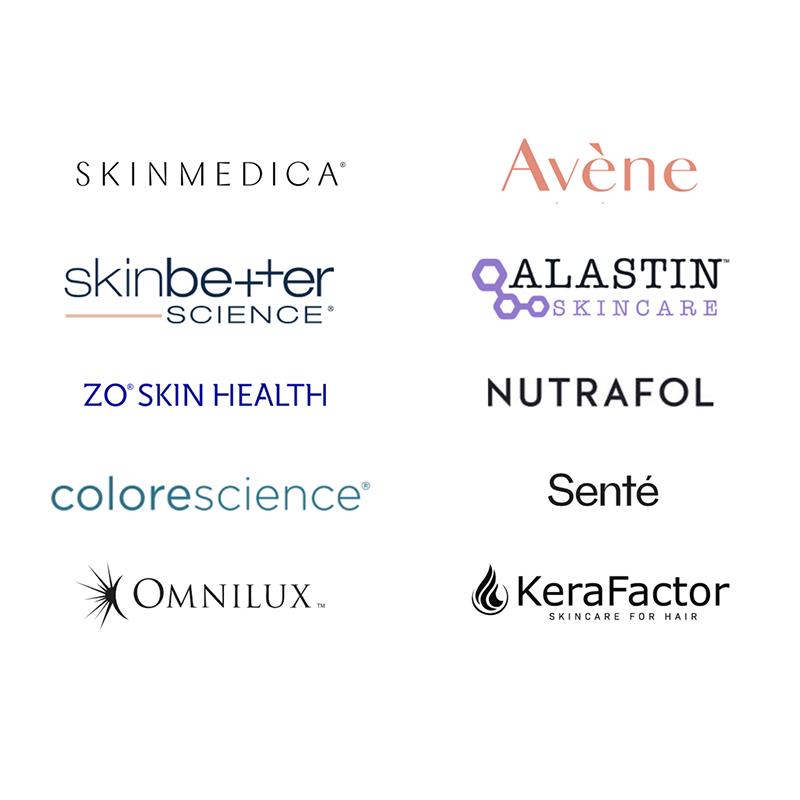Microneedling in Los Angeles
Skin needling is not really new, though it is newly popular in this country. Needling the skin to create new collagen has been a European practice for the past two decades. The advancement to automated needling is what’s relatively new.
Microneedling in Los Angeles is based on the ability of the skin to self-repair when a wound occurs. Microneedling creates microscopic pinpoint “wounds.” The body responds by creating new elastin and collagen.
It is a safe, heat-free treatment that is successfully used on all skin types and colors. To discuss this skin rejuvenation option with Dr. Rebecca Fitzgerald, please arrange a consultation at our Los Angeles office by calling today.
What Is Microneedling?
We use a device called the SkinPen, which is a handheld battery-powered pen that holds sterile needle cartridges. The tiny polished needles pierce the skin at predetermined depths depending on the results you want to achieve. SkinPen is the only FDA-cleared device at this time.
- Shorter needle penetration can enhance product penetration and smooth superficial skin.
- Longer needle penetration can be used to create collagen response more deeply such as when treating acne scars.
The pen is moved quickly across your skin, and microneedling treatments in Los Angeles usually do not take more than 10 to 15 minutes. In any case, the penetration depths are not at all like typical injections.
Why is PRP Used with Microneedling?
Combining the treatment with PRP provides even greater collagen stimulation and faster healing. Platelet Rich Plasma (PRP) contains a number of growth factors that are advantageous in gaining a more pronounced positive result.
What Types of Conditions Does Microneedling Treat?
- Acne scarring (usually combined with laser for prominent scarring)
- Trauma scars
- Accumulated photodamage, wrinkles, and roughness
- Sluggish skin
- Thinning hair (treatment includes PRP and suggested Propecia)
Is Microneedling Painful?
Typically, microneedling is a little uncomfortable with depths needed for scar revision, but this is managed easily with a topical numbing gel placed on the skin prior to treatment in Los Angeles Lighter treatments are compared to brushing sandpaper across the skin.
How Quickly Does Microneedling Improve Skin?
Because microneedling is not a particularly aggressive treatment, you’ll require several treatments over a 3 to 6-month period in Los Angeles. Treatment results are cumulative, so you will need to commit to more than one treatment to get obvious results.
Acne scar patients usually will need 6 to 8 treatments – fewer when combined with laser.
How Will My Skin Feel After Treatment?
Light treatment levels: Depending upon the depth of the needles used, you may feel as though your skin is warm or hot – and sensitive. Light superficial treatments leave the skin red for a day or two.
More aggressive levels: Treatments aimed at changing the skin at deeper planes as in acne scarring may experience some swelling, pinpoint bleeding (stops almost immediately) and what is called “bronzing” as the tiny pinpoints dry and then slough off.
Your skin may also feel tight. It will be more sun sensitive, so you should use the recommended sunblock while your skin heals, and you should not use acid or other active products outside of the schedule you will be given. Treat it gently and don’t “pick” at any areas that feel like sand granules.
Why Would I Choose Microneedling Over Laser?
Generally, the more common use of microneedling is to augment laser or other fractional resurfacing. However, some patients in Los Angeles who have high-pigmented skin don’t want the risk of heat-induced pigmentation, so needling is an alternative. Also, the cost of micro needling is less than laser since the cost of laser equipment does not have to be considered.
Interesting Back Story on Microneedling in Los Angeles
Microneedling (also called Natural Collagen Induction Therapy) was pioneered by a Swiss-French dermatologist called Dr. Phillippe Simonin. He found that facelift patients who had undergone camouflage tattooing after surgery to hide scars showed substantial improvement in how their scars looked.
Further investigation proved the relationship between the tattoo process using needles and scar improvement.
To find out if microneedling in Los Angeles is the best treatment option for your skin, please contact us. Rebecca Fitzgerald, MD, serves patients throughout the greater Los Angeles area.





